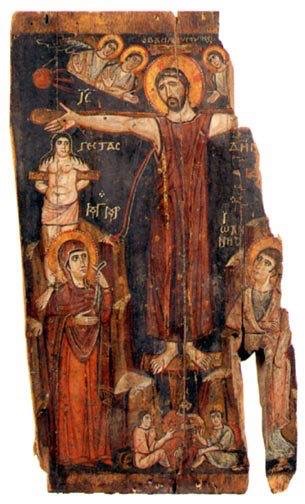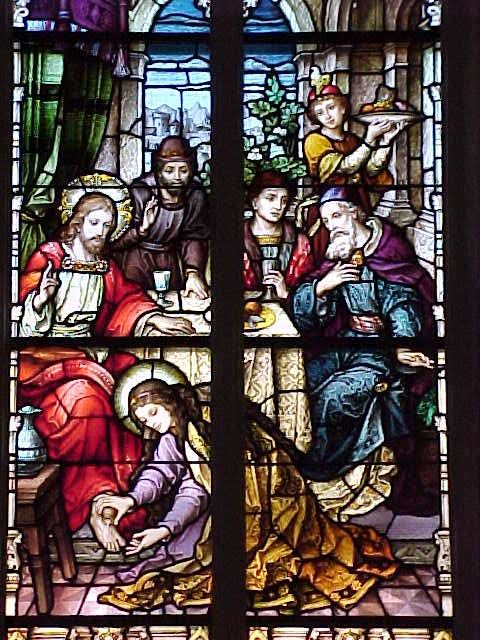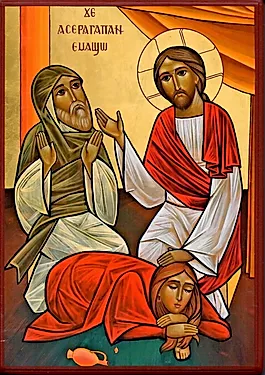
The gospel accounts in which Christ greets the Myrrhbearing Women at the tomb or the apostles in the Upper Room after his Resurrection tell us that his first word was, “Rejoice!” (Alas, too often modern English translations render this as “Greetings!”) This is also the first word Gabriel utters when he greets the Virgin Mary at the Annunciation: “Rejoice!” (We are more familiar with the Latin translation, “Ave!” which in English becomes, “Hail!”) The gospel, the “good news,” begins and ends with the same word and is summed up in this one word: Rejoice!
In the Divine Liturgy of St. John Chrysostom, when the priest or deacon finish giving Holy Communion to the congregation, one of the prayers they say as they return to the altar is:
“O Christ our God, who art thyself the fulfillment of the Law and the prophets, who didst fulfill all the dispensation of the Father: fill our hearts with joy and gladness always, now and ever and unto ages of ages. Amen.”
In this short prayer, we greet Christ as the fulfillment of the law and the prophets, i.e. the entire Old Testament. He is what everyone in the Old Testament was expecting, waiting for, hoping for. As the fulfillment of all that had come before, he fulfilled the dispensation, i.e. the divine plan for salvation (Eph. 1:9-10; 3:9-11; 1 Tim. 1:3-4) which the Father had in mind since eternity. Receiving the gift of Holy Communion, we participate in this fulfillment. Our participation in Christ is the consummation of everything he did. In a real way, everything God did in the Old Testament and in the life-death-resurrection of Christ was in order to share Holy Communion with us. Having received Holy Communion, we are caught up in the divine joy and gladness–the divine love–for us, our neighbors, the entire world.
God is made flesh. Death is destroyed. What else can we do but rejoice?



